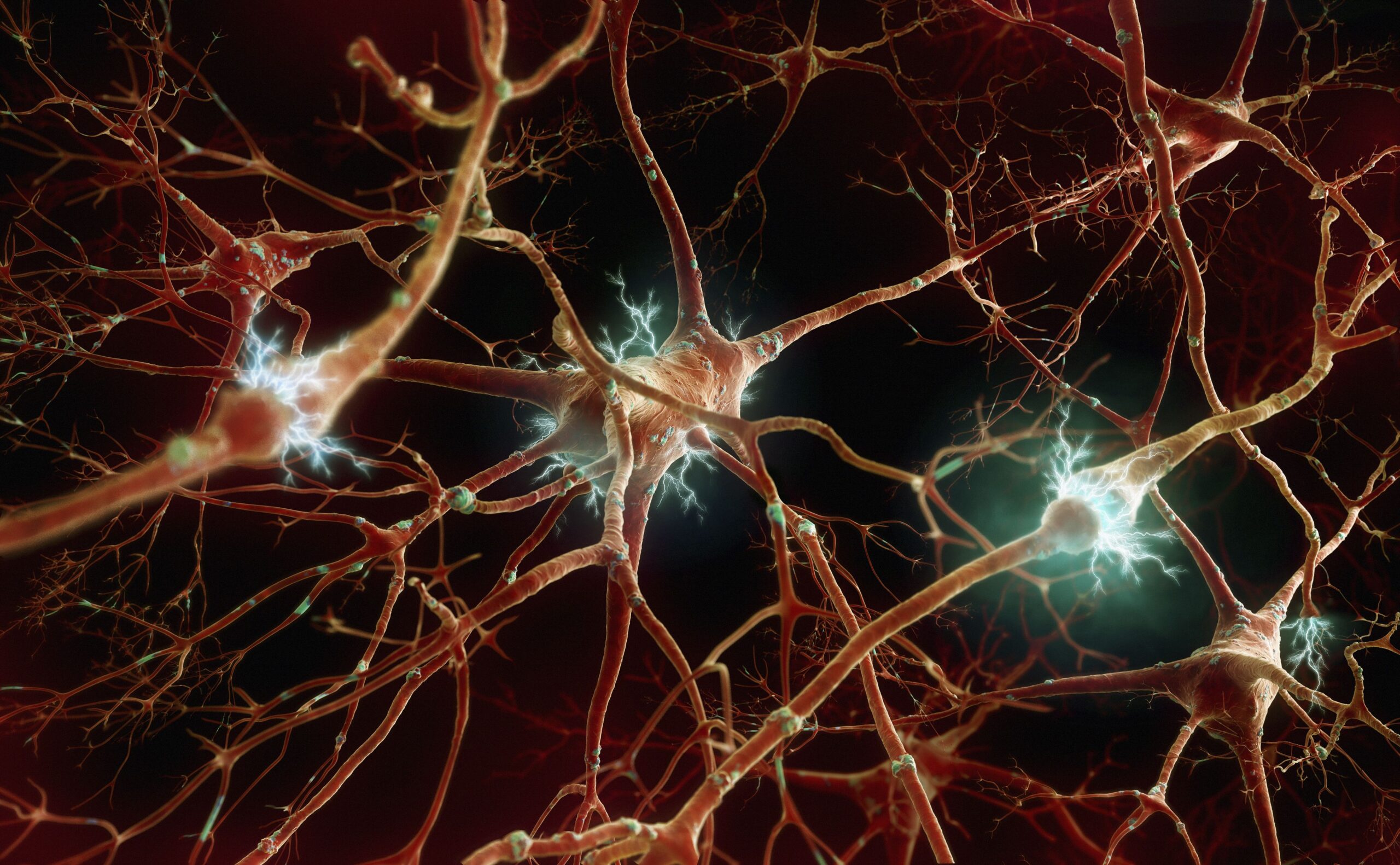An Overview of the Human Nervous System
The central nervous system (CNS) and the peripheral nervous system (PNS) are the two primary divisions of the human nervous system. The CNS comprises the brain and spinal cord, whereas the PNS primarily comprises nerves, bundles of axons and neurons. The nerves of the peripheral nervous system connect the CNS to the rest of the body.
The PNS can be divided into the somatic and autonomic nervous systems. The CNS often collaborates with these divisions to carry out the many functions they control.
The function of the central nervous system is to transmit messages from one cell to another or from one body part to another while also receiving feedback.
Genetic flaws, physical harm from trauma or toxins, infections, or even senescence can lead to nervous system dysfunction. Failure of nerve conduction, the most common issue in the peripheral nervous system, can result from various conditions, including diabetic neuropathy and demyelinating diseases like amyotrophic lateral sclerosis and multiple sclerosis.
Central Nervous System (CNS)
The spinal cord and brain constitute the central nervous system (CNS). The three primary functions of the CNS are to receive sensory data, interpret data, and transmit motor signals.
The functional core of the body is the central nervous system. The brain controls most body functions, including awareness, movement, thought, speech, and the five senses of sight, hearing, tasting, feeling, and smelling.
The spinal cord, the brain, and the neurons (or nerve cells) are the three major parts of the CNS.
Brain
The brain controls numerous bodily processes, including sensation, thinking, movement, awareness, and memory.
The cerebrum is the most significant portion of the brain. Memory, speech, voluntary activities, and thought are controlled by it. There are two hemispheres in the cerebrum: a right hemisphere and a left hemisphere. Movements on the left side of the body are governed by the right hemisphere, whereas the left hemisphere controls those on the right side.
Spinal Cord
The spinal cord descends the spinal canal, found inside the vertebrae, after being connected to the brain via the brain stem. The spinal cord transmits information from different body parts to and from the brain.
Nerve Cells or Neurons
The central nervous system is composed primarily of neurons. The body has billions of these nerve cells, which interact to produce physical reactions and activities.
Autonomic Nervous System
A network of nerves known as the autonomic nervous system controls involuntary body functions. The autonomic system is responsible for regulating involuntary body functions like breathing, digestion, heartbeat, and blood flow.
The somatic nervous system, which is under voluntary control, can be compared to the autonomic nervous system. The somatic nervous system regulates muscle movements in contrast to the autonomic nervous system, which regulates functions like digestion and heart rate. We can hold our breath without worrying about breathing since breathing is a function that may move between the somatic and autonomic nervous systems.
Types or Divisions
The autonomic nervous system controls actions not under voluntary control. There are further divisions of the autonomic nervous system:
- Sympathetic nervous system: This division controls the fight-or-flight reactions. The sympathetic system also causes the heart rate to increase, the eye pupils to dilate, and the bladder to relax.
- Parasympathetic nervous system: It is a component of the autonomic nervous system that conserves energy and supports healthy body functioning. Additionally, this division slows the heart rate, contracts the eye pupils, and regulates the bladder.
- Enteric nervous system: This division of the autonomic nervous system regulates the digestive process and the gastrointestinal tract.
Functions
The autonomic nervous system controls the heart, blood vessels, stomach, gut, liver, lungs, bladder, pupils, digestive glands, and kidneys, among other internal organs. The autonomic system regulates various internal functions, including:
- Blood pressure
- The temperature of the body
- Respiratory (breathing) rate
- Cardiovascular system
- Digestion
- Electrolytic equilibrium
- Emotional reactions
- Immune system
- Heart rate
- Liver function
- Metabolism
- Pancreatic functions
- Pupillary reaction
- Secretion of bodily fluids such as saliva and sweat
- Defecation and urination
Stay tuned to BYJU’S Biology for more information.


